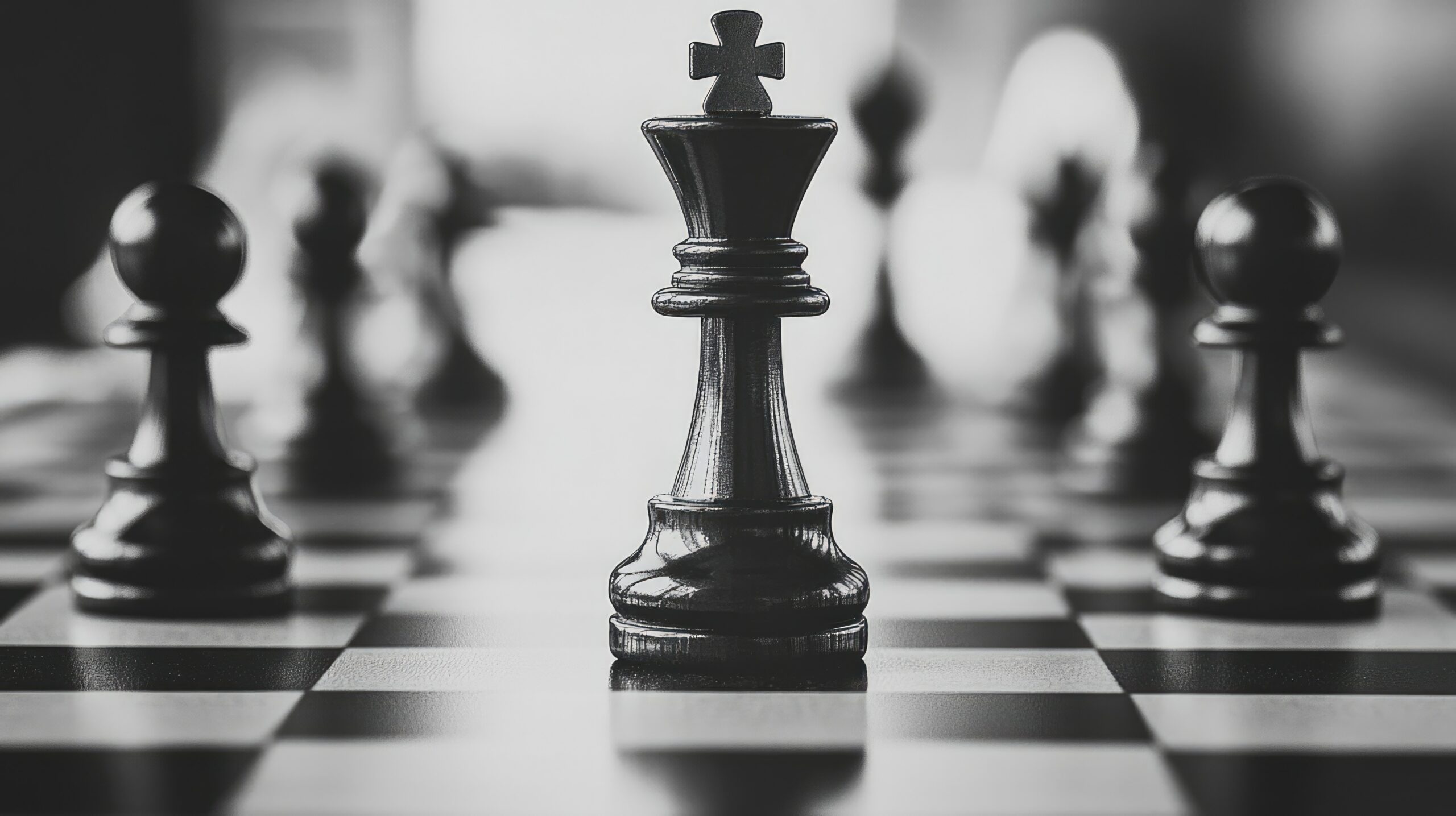A Game of the Mind—On and Off the Board
I’ve loved chess since I was young. To me, it’s never been just a game—it’s a mental training ground. Long before I became a physician, I was drawn to the focus, discipline, and foresight chess demands. Now, years into my medical career, I’ve come to realize something important: the mindset that wins on the chessboard also saves lives in the hospital.
As a hospitalist working across multiple systems—from Frankford Hospital to Main Line Health to Penn Medicine—I’ve found that strategic thinking, pattern recognition, and decision-making under pressure are skills just as essential in medicine as they are in chess. The stakes are higher, of course, but the principles overlap in powerful and meaningful ways.
Thinking Ahead: The Power of Clinical Foresight
In chess, you don’t just move a piece—you consider how that move will unfold several turns ahead. Similarly, in medicine, every order, diagnosis, or decision creates a ripple effect. You need to think not just about what happens now, but what happens next.
Take, for example, initiating antibiotics. It’s not just a matter of picking a broad-spectrum drug. You need to consider the most likely source of infection, the patient’s renal function, potential side effects, and the hospital’s resistance patterns. What happens if you’re wrong? What’s Plan B? Like chess, clinical care is a game of consequences. You’re always thinking two or three moves ahead.
This kind of strategic thinking is especially important in acute care settings, where patients can deteriorate quickly. Anticipating complications isn’t pessimism—it’s preparation. It’s how we stay one step ahead of the disease process.
Pattern Recognition: The Silent Skill Behind Good Doctors
Every seasoned chess player develops a mental catalog of patterns—openings, tactics, traps. The same is true in medicine. As you gain experience, you start to recognize clusters of symptoms, subtle cues, and clinical “tells” that guide your decisions.
Chest pain with diaphoresis and radiation? That’s a pattern. Confusion, elevated ammonia, and asterixis in a cirrhotic patient? Another pattern. These aren’t guesses—they’re trained insights. And just like in chess, where recognizing a trap can save a game, noticing that one strange lab value or offhand comment can change the course of a patient’s care.
That’s why I always encourage medical trainees to pay attention to the details and to revisit past cases. Learning from patterns—both successes and mistakes—is how strategic clinical instincts are formed.
The Opening Matters—But So Does the Endgame
In chess, your opening strategy sets the tone, but it doesn’t guarantee success. You can have a strong opening and still blunder later. Similarly, an initial diagnosis may seem straightforward, but medicine is full of twists. What matters is how you adapt when the clinical picture changes.
I’ve had patients admitted with presumed pneumonia who ended up with pulmonary embolisms. I’ve seen what looked like simple UTIs evolve into sepsis. If you become too locked into your first impression, you lose flexibility—and that can be dangerous.
In both chess and medicine, humility is key. You may start with a plan, but the real test is your ability to pivot when new information appears.
Avoiding the Mental “Checkmate”
In chess, a checkmate means the game is over. In medicine, we sometimes face metaphorical checkmates—moments when options run out, when a patient’s condition declines despite our best efforts. These are the hardest moments in clinical practice.
But even here, strategy plays a role. It’s about knowing when to shift the goal from cure to comfort. When to stop aggressive treatment and focus on quality of life. When to have honest conversations about prognosis. That, too, is a form of strategic thinking—emotional, ethical, and deeply human.
One of the most powerful skills a doctor can have is the ability to recognize when the game has changed—and when the right move is not another test, but a compassionate conversation.
Training the Next Generation to Think Strategically
As a medical educator, I’ve been fortunate to receive several teaching awards, but what I value most is seeing young physicians develop confidence in their clinical reasoning. I often tell them: “Medicine isn’t about memorizing facts—it’s about making decisions.”
I use chess analogies often when I teach. I ask students to walk me through their thought process, not just their conclusion. I challenge them to consider alternate diagnoses, backup plans, and patient preferences. I remind them that the best clinicians aren’t the ones who move fastest—they’re the ones who think deeply, anticipate obstacles, and remain flexible.
We don’t just need doctors who know the answers. We need doctors who ask the right questions, assess the full board, and make thoughtful moves under pressure.
Final Thoughts: Medicine as a Strategic Art
Medicine, like chess, is both a science and an art. It requires intellect, but also intuition. Guidelines, but also judgment. And above all, it requires a mindset that balances logic with compassion.
Playing chess has sharpened my ability to think strategically, stay calm under pressure, and accept that not every match—or every case—ends in a win. But each one teaches us something. Each one adds to the playbook.
At the bedside, we may not be moving pieces on a board, but we’re still playing a complex, dynamic game—one where every decision matters. And just like in chess, the goal isn’t just to win. It’s to think clearly, act wisely, and respect the process.
